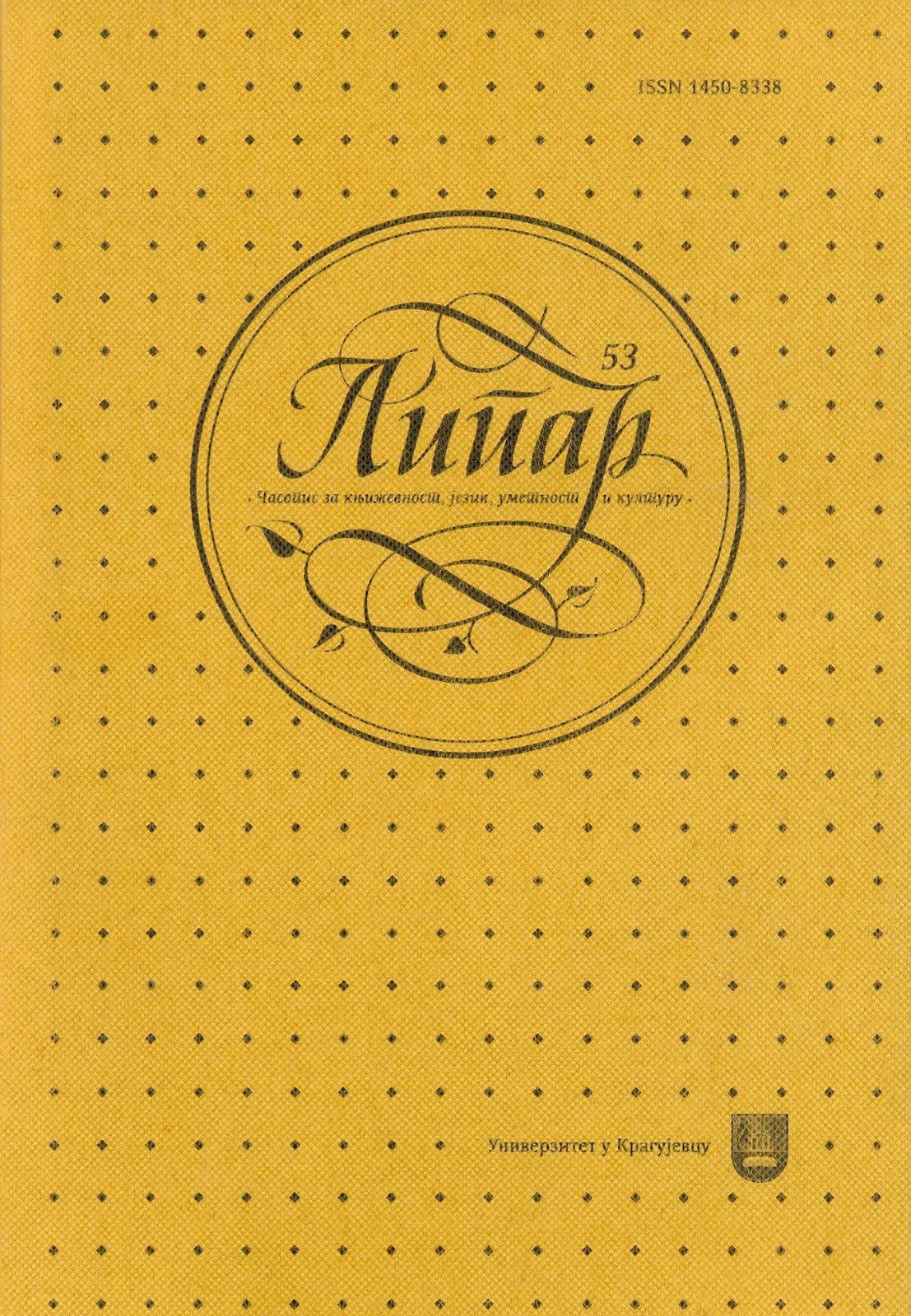О ОДНОСУ КОНСТРУКАТА И ЦИЉНИХ ДОМЕНА УПОТРЕБЕ ЈЕЗИКА У ТЕСТИРАЊУ ЗНАЊА СТРАНОГ ЈЕЗИКА
On the Relationship Between Constructs and Target Language Use Domains in Language Testing
Author(s): Milan D. Milanović, Ana D. Milanović, Maja R. LukovićSubject(s): Foreign languages learning, Applied Linguistics, Language acquisition
Published by: Универзитет у Крагујевцу
Keywords: target language use domain; target language use situation; construct; criterion-referenced language testing; norm-referenced language testing
Summary/Abstract: In this paper we analzye the first stage in test development, that of test design, in an attempt to determine how target language use (TLU) domains and constructs are identified and defined, as well as to establish what possible relashionships they could maintain. A solution to the inconsistent use in terminology is offered in setting a hierearchy giving supremacy to target language use domains, within which numerous target language use situations occur, enabling participants to engage their communicative goals in them. Two universally recognized domains have been identified: instructional domain, and “the real world” domain. Depending on the selection of the TLU domain, constructs can be defined, either by being based on syllabus, or on current theoretical language model. Further, we analyse the relationship between domains, constructs and two types of tests –criterion-referenced tests (CRTs), and norm-referenced tests (NRTs) - showing that there are three patterns, that we have observed, in which these combine: (1) instructional domain:syllabus-based construct:CRTs;(2) instructional domain:theoretically-based construct: NRTs; and (3) “the real world” domain: theoretically-based construct: NRTs.
Journal: Липар - часопис за књижевност, језик, уметност и културу
- Issue Year: XV/2014
- Issue No: 53
- Page Range: 211-227
- Page Count: 17
- Language: Serbian

